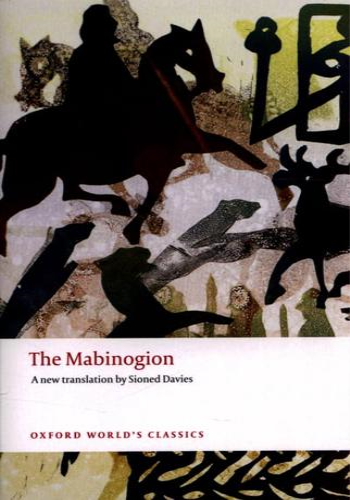'I cannot be killed indoors,' he said, 'nor out of doors; I cannot be killed on horseback, nor on foot.' 'Well,' she said, 'how can you be killed?' Celtic mythology, Arthurian romance, and an intriguing interpretation of British history - these are just some of the themes embraced by the anonymous authors of the eleven tales that make up the Welsh medieval masterpiece known as the Mabinogion. They tell of Gwydion the shape-shifter, who can create a woman out of flowers; of Math the magician whose feet must lie in the lap of a virgin; of hanging a pregnant mouse and hunting a magical boar. Dragons, witches, and giants live alongside kings and heroes, and quests of honour, revenge, and love are set against the backdrop of a country struggling to retain its independence. This new translation, the first for thirty years, recreates the storytelling world of medieval Wales and re-invests the tales with the power of performance. ABOUT THE SERIES: For over 100 years Oxford World's Classics has made available the widest range of literature from around the globe. Each affordable volume reflects Oxford's commitment to scholarship, providing the most accurate text plus a wealth of other valuable features, including expert introductions by leading authorities, helpful notes to clarify the text, up-to-date bibliographies for further study, and much more.







